Mapping Your Future: Using Commutes to Find Your Perfect Bay Area Home
Valerie Mattei | October 23, 2024

Valerie Mattei | October 23, 2024

There is no question about it- TRAFFIC is back in the Bay. Remember that time during and right after the pandemic when we all felt like the roads were to remain fast and open and free of construction- not a metering light in sight? That was fun while it lasted folks. Gone are the days of 2020 homebuyers, saying “I can commute from south San Jose to the city. Traffic is light. I actually enjoy that decompression time in the car. It’s fine” It’s over and traffic is back with vengeance, and people are certainly taking the commute times, personal time, and their own well being into consideration when purchasing a home today at the end of 2024.
In the fast-paced world of Bay Area real estate, one of the most critical factors homebuyers consider is the commute. With tech hubs, corporate campuses, and urban centers spread throughout the region, choosing where to live isn’t just about finding the perfect house—it’s also about balancing work and lifestyle. Let’s dive into how commuting is influencing homebuying decisions and the tools and strategies buyers are using to make informed choices.
The Bay Area is notorious for its heavy traffic, congestion, and high transportation costs. For many homebuyers, a long, grueling commute can impact not only their finances but also their quality of life. According to recent studies, individuals in the Bay Area can spend upwards of 1-2 hours commuting each way, making location a major consideration when purchasing a home.
Key Commuting Challenges:
With remote and hybrid work policies becoming more common, buyers now have a greater variety of options. However, those who need to travel into offices regularly still prioritize accessibility. Many buyers are using commute data and apps to better understand how a location aligns with their lifestyle.
Tools and Resources:
The evolving work environment has altered traditional homebuying trends. Here's how commuting considerations are influencing buyers' preferences today:
Proximity to Employment Centers
The Shift to Suburbs with Hybrid Work
Shorter Commutes = Higher Property Values
Proximity to public transit plays a significant role in a property’s value and appeal. Buyers are willing to pay more for homes with easy access to transportation options that reduce commute time.
Balancing affordability and commute times can be tricky. While homes farther from job centers are generally more affordable, buyers need to consider the trade-off in terms of longer commutes, higher gas costs, and reduced quality of life. Many families choose to move to Pacifica, Half Moon Bay, or the East Bay or the affordability but must factor in time spent commuting back and forth to work or school.
With more companies offering hybrid or fully remote work options, the importance of commute time has shifted for many buyers. These flexible arrangements have created new opportunities for families to move to areas previously considered "too far" from job centers, such as San Carlos, Foster City, and Redwood Shores.
Work-from-Home Influence:
For some buyers, commuting isn’t just a necessity—it’s a lifestyle consideration. Bike-friendly neighborhoods, walkable communities, and access to outdoor spaces are growing priorities for many.
If you’re in the market for a home and want to balance your commute, here are some practical tips:
In the Bay Area, the decision of where to live often comes down to a balance between commute, affordability, and lifestyle. Buyers today have more tools than ever to make informed choices, but understanding personal priorities is key. Whether it’s a quick commute to a tech campus, easy access to public transportation, or the ability to work remotely and live near the ocean, the right home is about more than just the commute—it’s about building a life that feels manageable and fulfilling.
If you need help finding the right home that balances your commuting needs and lifestyle goals, **we’re here to help!** As local real estate experts, we can guide you through the process and find a home that aligns with your unique priorities.
Stay up to date on the latest real estate trends.

Real Estate Tip
January 7, 2026
Smart, budget-friendly landscaping updates that help Bay Area homes stand out, attract buyers, and sell with confidence.
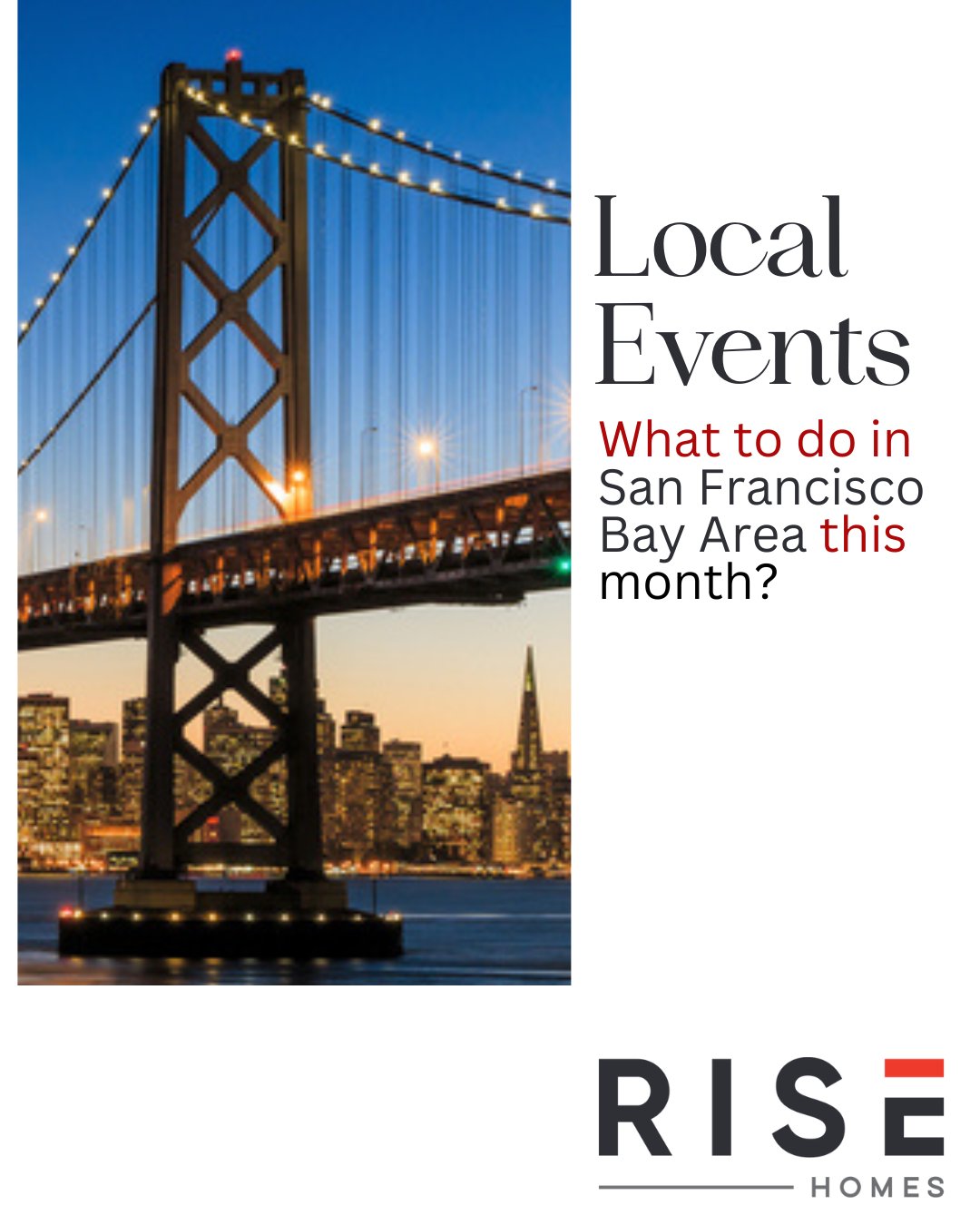
San Francisco
December 27, 2025
At Rise Homes, we take pride in highlighting what makes living in the Bay Area special. Here are 12 local events happening this January 2026 that are perfect for resid… Read more

San Mateo Market Update
December 18, 2025
San Mateo County’s housing market showed mixed signals in November 2025, with inventory tightening further while prices adjusted slightly. For buyers and sellers alike… Read more
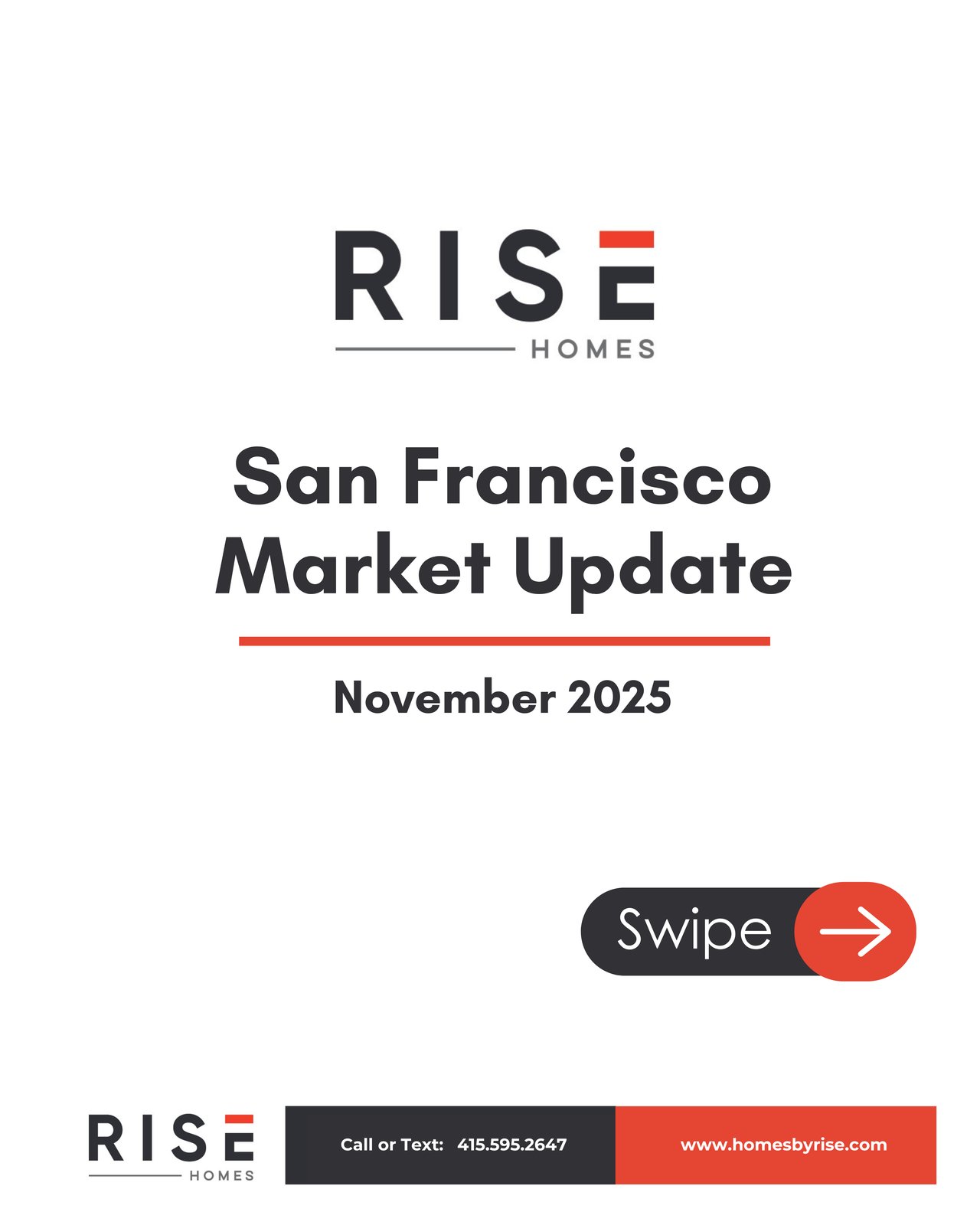
San Francisco
December 16, 2025
San Francisco County continues to show strong market momentum as we move through November 2025. With limited inventory and steady buyer demand, the market remains comp… Read more
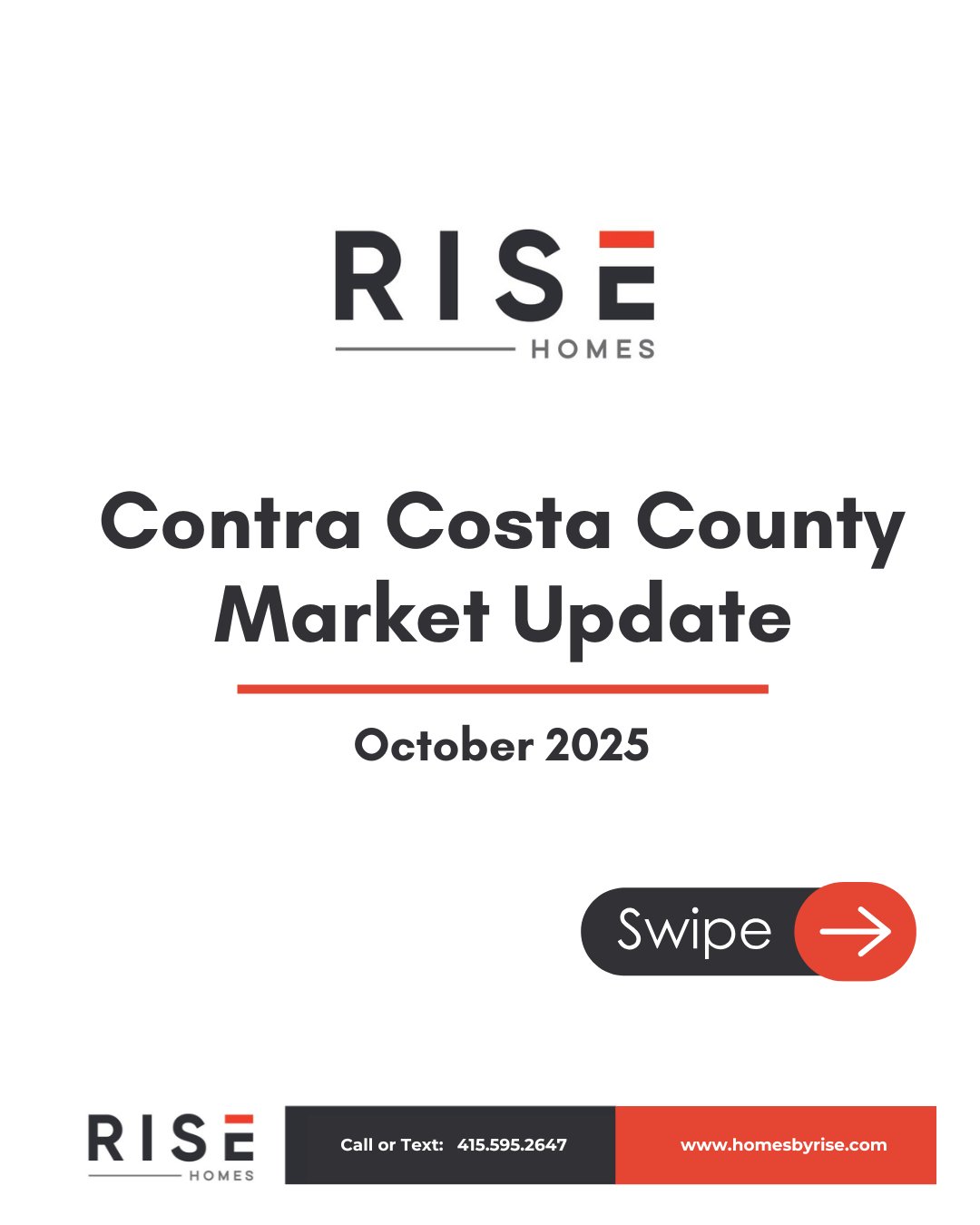
Contra Costa Market Update
November 26, 2025
As we move deeper into the fall season, Contra Costa County continues to show signs of a balanced and steady real estate market. With inventory holding firm and prices… Read more
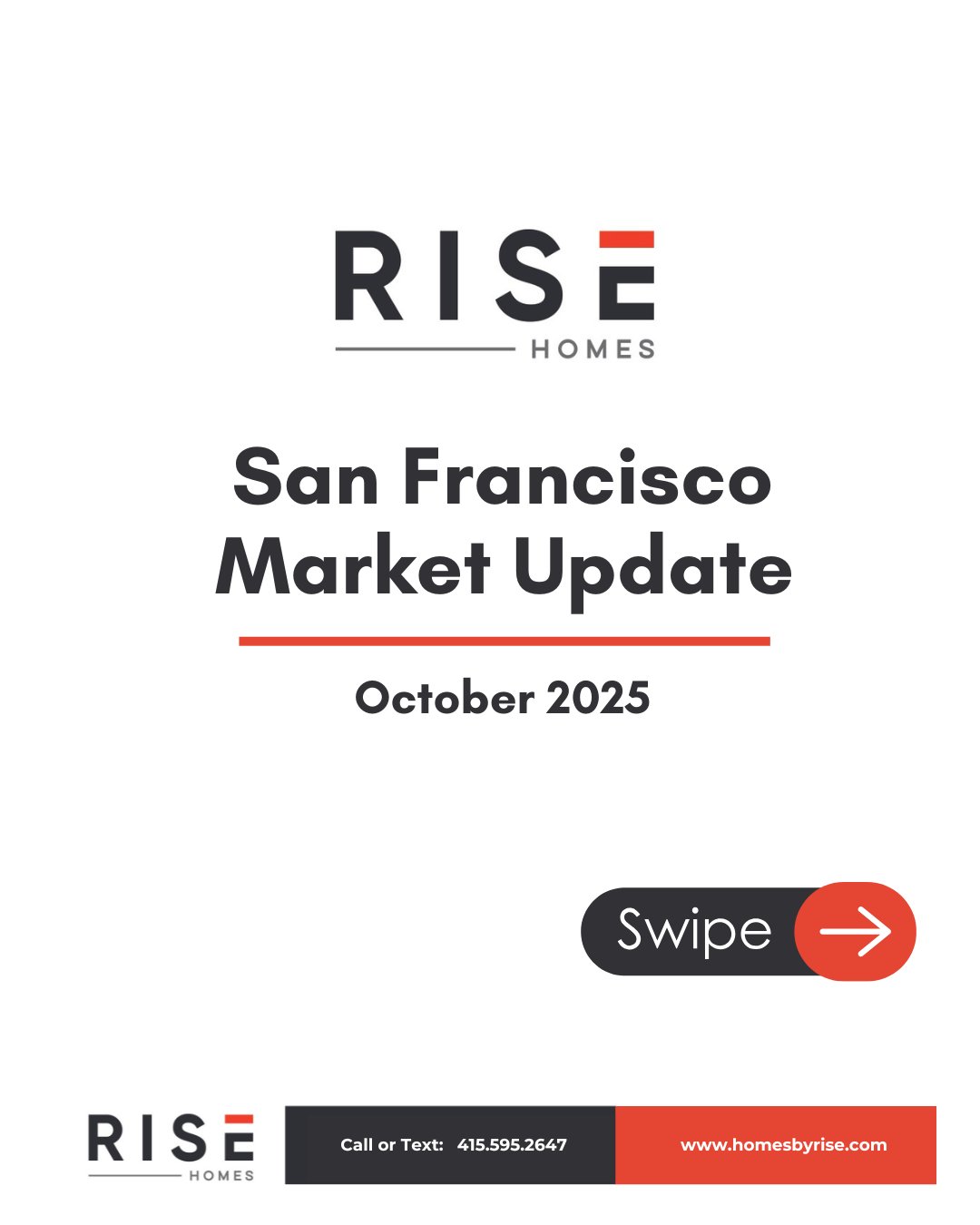
San Franscisco
November 26, 2025
San Francisco’s housing market continues to tighten as we head deeper into fall. With inventory shrinking and prices climbing, both buyers and sellers are adjusting th… Read more
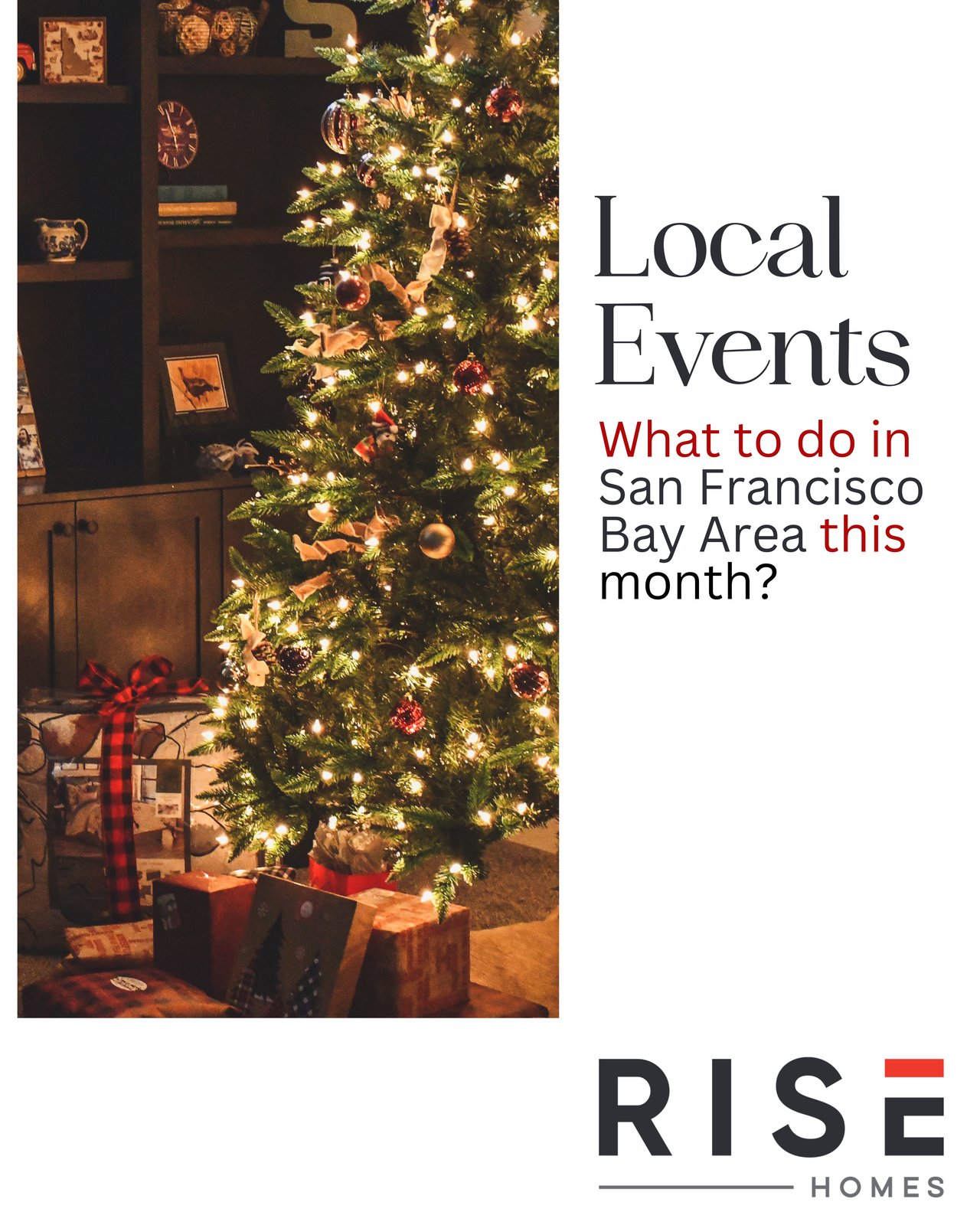
San Francisco
November 25, 2025
December brings a special kind of magic to the San Francisco Bay Area. From dazzling light spectacles and festive markets to world-class performances and holiday parad… Read more

Real Estate
November 21, 2025
Learn how top Bay Area agents like Joe Poliak use Comparative Market Analyses (CMAs) to accurately estimate home values. From pricing strategy to market timing, CMAs a… Read more
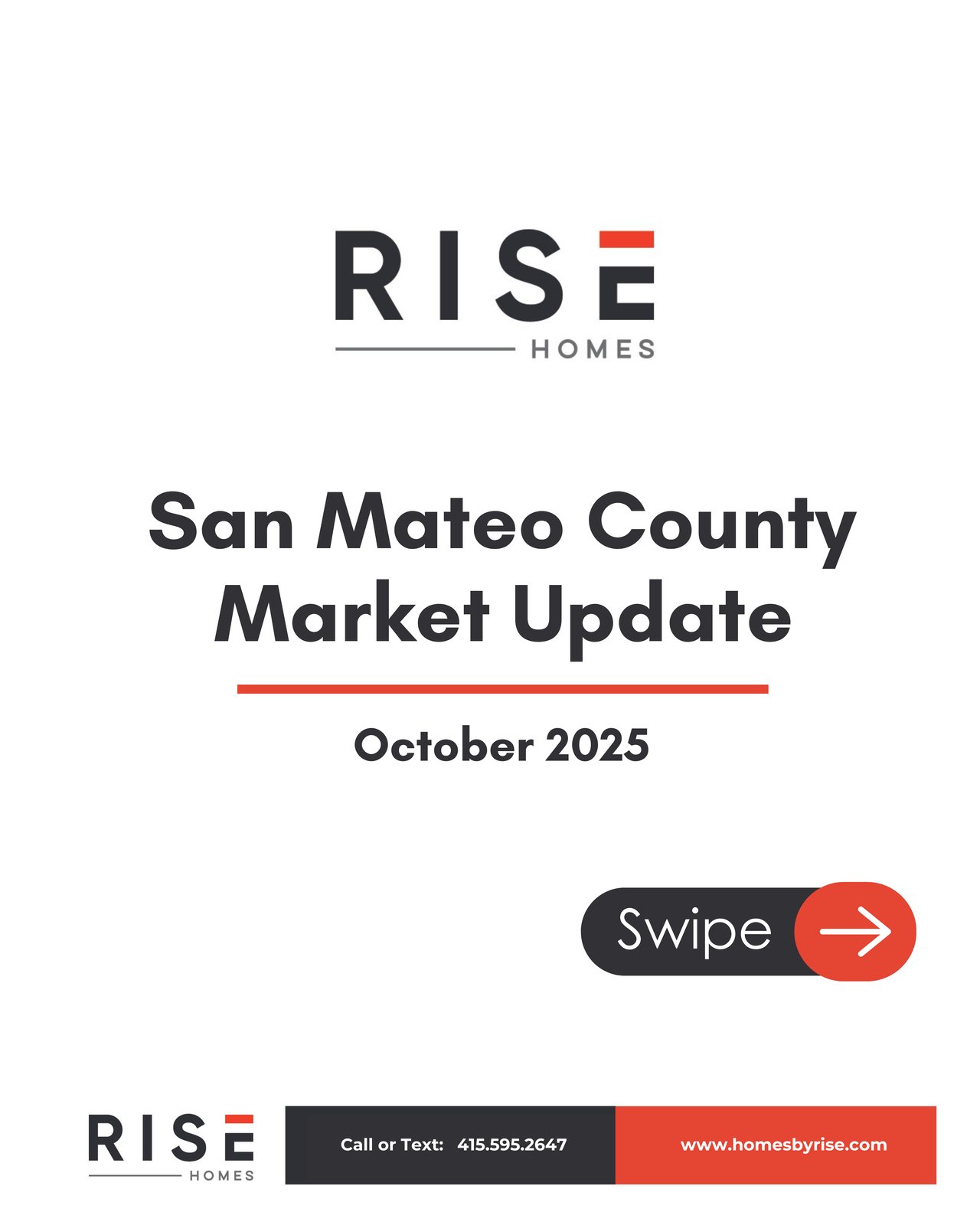
November 21, 2025
As we move through fall, the San Mateo County housing market is still running hot. From the coastal charm of Half Moon Bay to the tech-driven neighborhoods closer to S… Read more
You’ve got questions and we can’t wait to answer them.